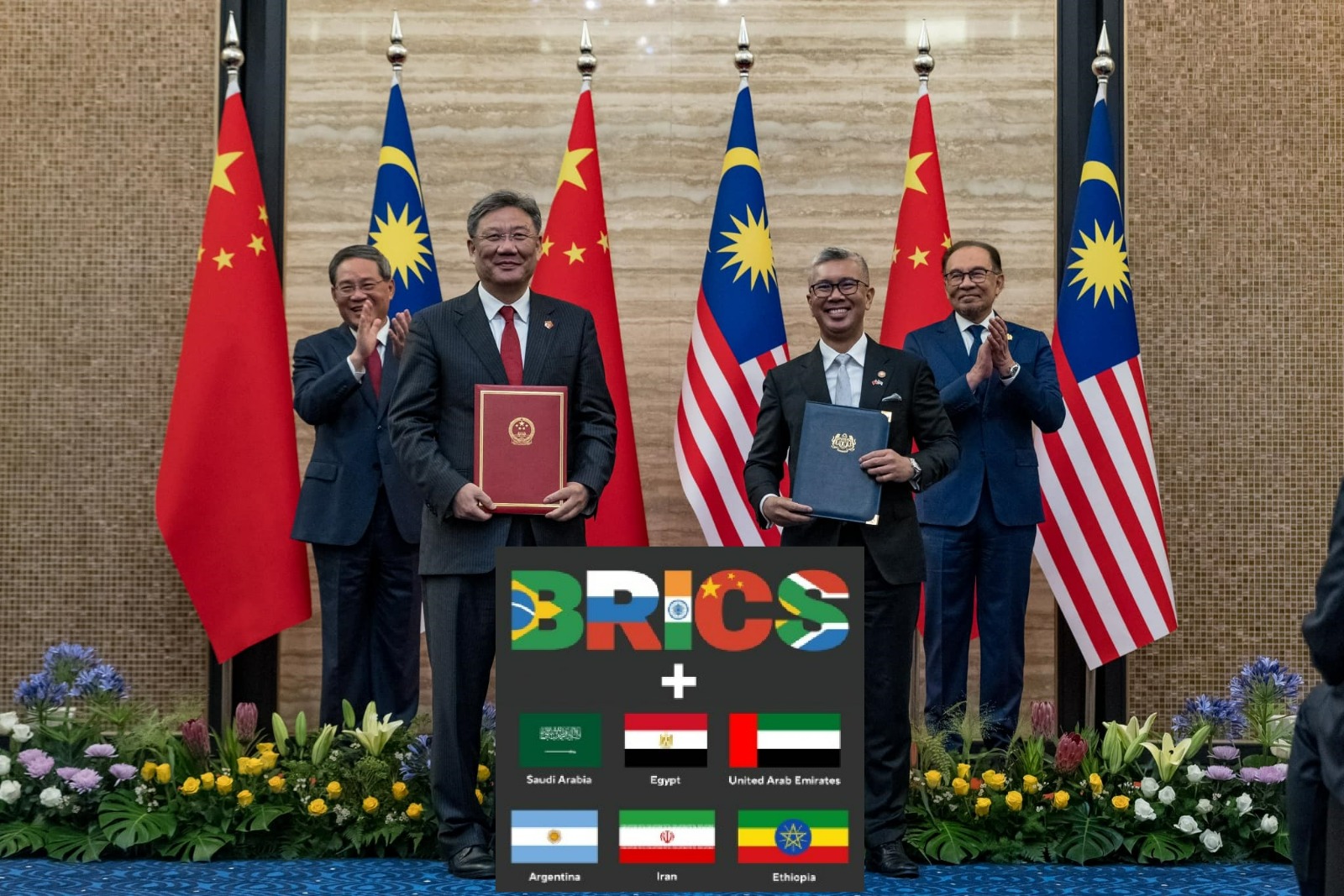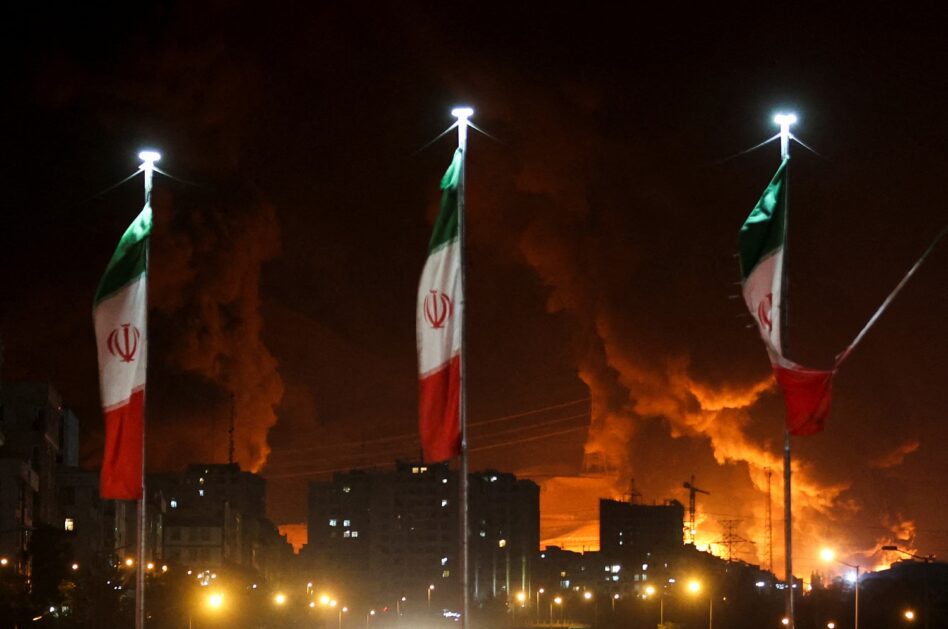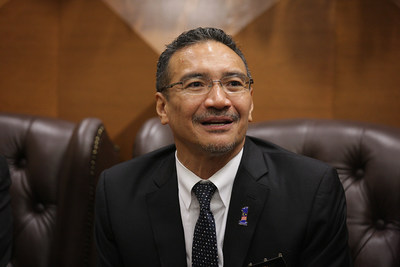AFTER 15 years since its founding, BRICS+ which comprises 10 countries, namely Brazil, Russia, India, China, South Africa, Egypt, Ethiopia, Iran, Saudi Arabia and the United Arab Emirates (UAE) has been gradually expanding into a collective platform for networking.
Although it started as a loose and informal grouping, BRICS+ has evolved into a potential voice group for the Global South in matters of economic, trade, financial and investment areas.
In a nutshell, BRICS+ carries significant demographic and economic weight: (a) 45% of the world’s population vs less than 10% for the G7 (the US, Canada, Japan, UK, Germany, France and Italy); (b) 35.2% of global GDP (gross domestic product) based on PPP (purchasing power parity) vs G7’s 29.3% share; and (c) 27.4% of global FDI (foreign direct investment) inflows.
China is the largest economy in the BRICS+ with a GDP market value of US$18.0 tril or 65.4% of the grouping (1.4 billion population) followed by India (U$3.4 tril or 12.4% ; 1.4 billion population); Russia (US$2.2 tril or 8.2%; 144.2 million population) and Brazil (US$1.9 tril or 7.0%; 215.3 million population).
Malaysia and Thailand are the first countries in ASEAN to express their interest in joining the BRICS+ club.
The country’s total trade with BRICS+ accounted for a 23.2% share (RM611.3 bil) of its total external trade in 2023 (2019: 23.7%).
Exports to BRICS+ made up 18.9% of Malaysia’s exports. China remains the largest trading partner (17.1% of Malaysia’s total trade) with an export share of 13.5% in 2023. The share of exports to India stood at 3.2% and the UAE (1.0%) while the share for other BRICS+ members has been negligible or marginal (between 0.1% and 0.4%).
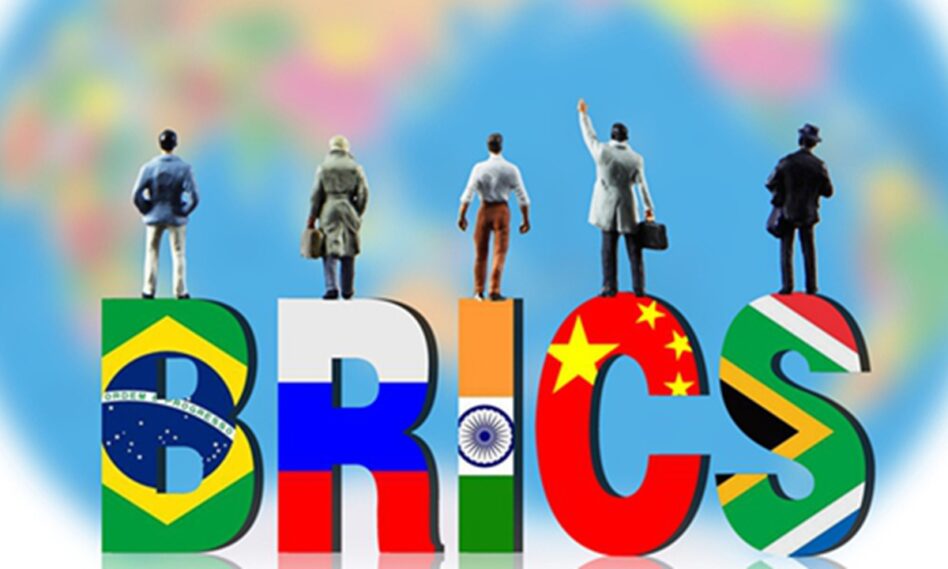
BRICS+’s economic prowess
In 2023, MIDA (Malaysian Investment Development Authority) approved BRICS+ investments totaling RM15.2 bil or 2.3% of total Malaysia’s FDI approvals.
China has the highest amount at RM14.5 bil or 7.7% of the total, while some BRICS members’ share is negligible.
In terms of approved investment projects in the manufacturing sector, BRICS+ accounted for 9.4% of total approvals valued at RM12.1 bil in 2023.
We have to reckon that BRICS+ countries are very diverse in terms of political system, institutional framework, economic management, financial system, social and cultural background. Some countries are even political rivals.
Yet, the expansion of BRICS+ challenges the strong dominance and influences of the West, G-20 and G-7 as evidenced in their representation to the World Bank and International Monetary Fund.
How can BRICS+ cause a shift in the global economic and financial order despite numerous hurdles ahead?
Firstly, BRICS+ member countries are the world’s biggest producers and exporters of energy, food and minerals, hence enabling them to achieve a sustainable and stable supply of industrial feedstocks.
Based on a Bulletin report published by Banque de France, in 2021: 2021 saw BRICS+ accounted for 36% of the world’s exports of crude oil, refined oil (34%); soybean (51%); rice (42%); tin ore (,29%); magnesium (51%); graphite (53%) and diamonds (47%).
The abundant resources would ensure that supply chain security remains in profound complexity amid the current economic landscape and international trade system.
Secondly, there is a need to promote deeper economic and trade integration. BRICS+ made up 19.2% of total world trade; and 27.4% of trade FDI inflows.
Some members of BRICS+ have free trade agreements (FTAs) with each other through blocs such as the Gulf Cooperation Council (GCC) and the Pan-Arab Free Trade Area.
Currently, there is no FTA covering the entire BRICS+. Prior to becoming an expanded member of BRICS+, China proposed an FTA to boost wider trade ties in the grouping through binding commitments on tariff elimination. But India, Brazil, Russia and South Africa have cold-shouldered China’s attempt.
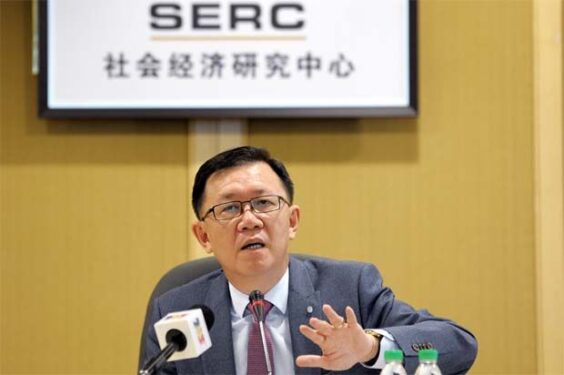
Bright prospect
Thirdly, project and development financing through the New Development Bank (NDB) which is capitalised at US$100 bil) and the China-led Asian Infrastructure Investment Bank (AIIB) – the world’s second-largest multilateral development bank, is intended to complement China’s very own Belt and Road Initiatives.
It was reported that by 2023, both NBD and AIIB combined had committed more than US$71 bil in credit in the infrastructure, public health and clean energy sectors.
Fourthly, there is a need to deepen cooperation in science, technology and innovation among BRICS+ members.
With its advancement as a research powerhouse of new technologies, digitalisation and artificial intelligence (AI), China can share its wealth of knowledge and know-how with countries in need.
As it stands, BRICS+ countries contributed a sixth of worldwide R&D (research & development) expenses and a quarter of all science and technology research papers. They share broad collaboration potential in bio-tech, climate change, new energy development, and space technologies.
Fifthly, efforts are underway to deepen financial cooperation and payment to reduce reliance on the US dollar as a reserve currency through the development and multi-lateralisation of payment agreements.
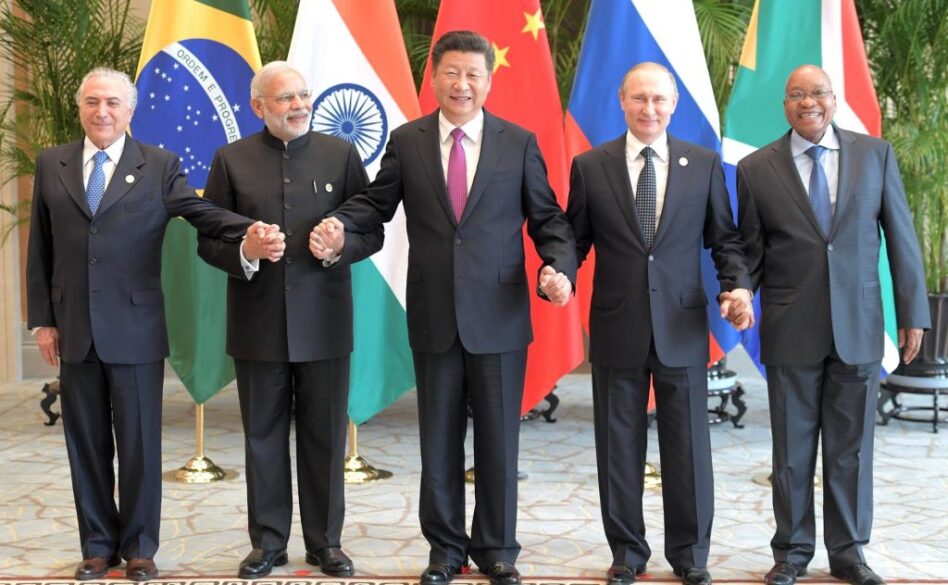
Over-reliance on the greenback and euro not only renders BRICS+ countries vulnerable to the US dollar’s fluctuations but also exposes them to US and European economic sanctions. Hence, BRICS+ countries should accelerate their de-dollarisation efforts amid a not-so-smooth journey ahead.
Malaysia is expected to benefit from the expansion of trade and investment resulting from the economic expansion of BRICS+, particularly China, India, South Africa and Saudi Arabia.
China has been Malaysia’s largest trading partner for 15 consecutive years since 2009 while India was Malaysia’s 12th largest global trading partner in 2023. Moreover, China and Malaysia are members of the RCEP (Regional Comprehensive Economic Partnership) and ACFTA (ASEAN-China Free Trade Agreement)
Malaysia can expand its export market share of goods and services in ex-China BRICS + member countries by exploring the signing of FTA and the facilitation of trade with MITI (Ministry of Investment, Trade and Industry) and MATRADE (Malaysia External Trade Development Corporation) as well as trade chambers and other industry associations.
As Malaysia will be the chair of ASEAN in 2025, it can fill the driver seat to revive the Asian Monetary Funds and de-dollarisation agenda by starting with ASEAN and in BRICS+.
After all, Malaysia has won China’s backing to revive the plan for an Asia-centred multilateral finance institution that was mooted 26 years ago in the aftermath of the 1997-1998 Asian Financial Crisis.
Amid the hurdles, Malaysia’s campaigning for US dollar de-dollarisation also aligns with China, Russia, Brazil and the EU’s push to increasingly shift away from their reliance on the greenback. – June 23, 2024
Lee Heng Guie is the executive director at Socio-Economic Research Centre (SERC) Malaysia.
The views expressed are solely those of the author and do not necessarily reflect those of Focus Malaysia.


